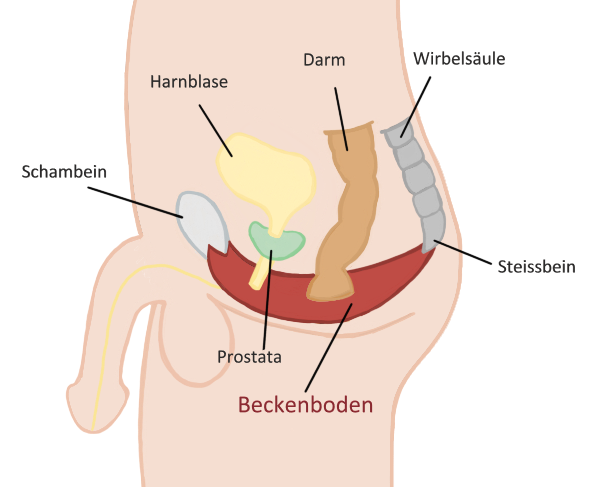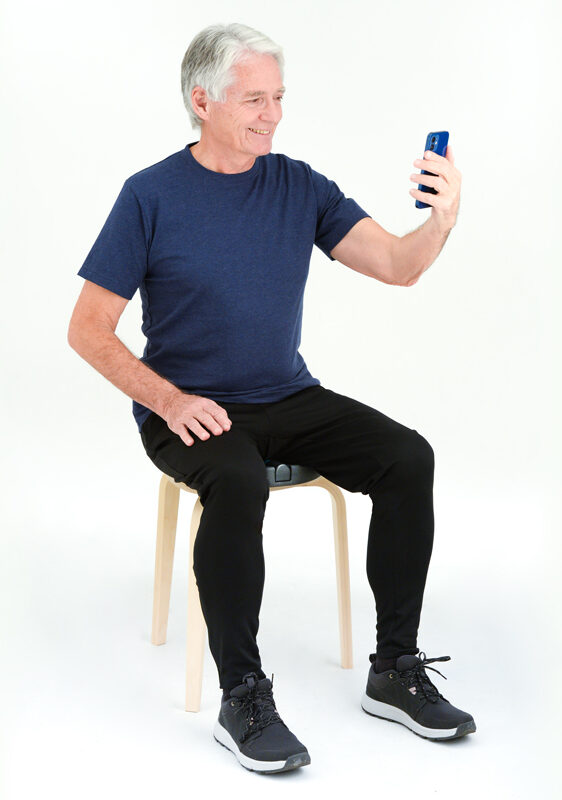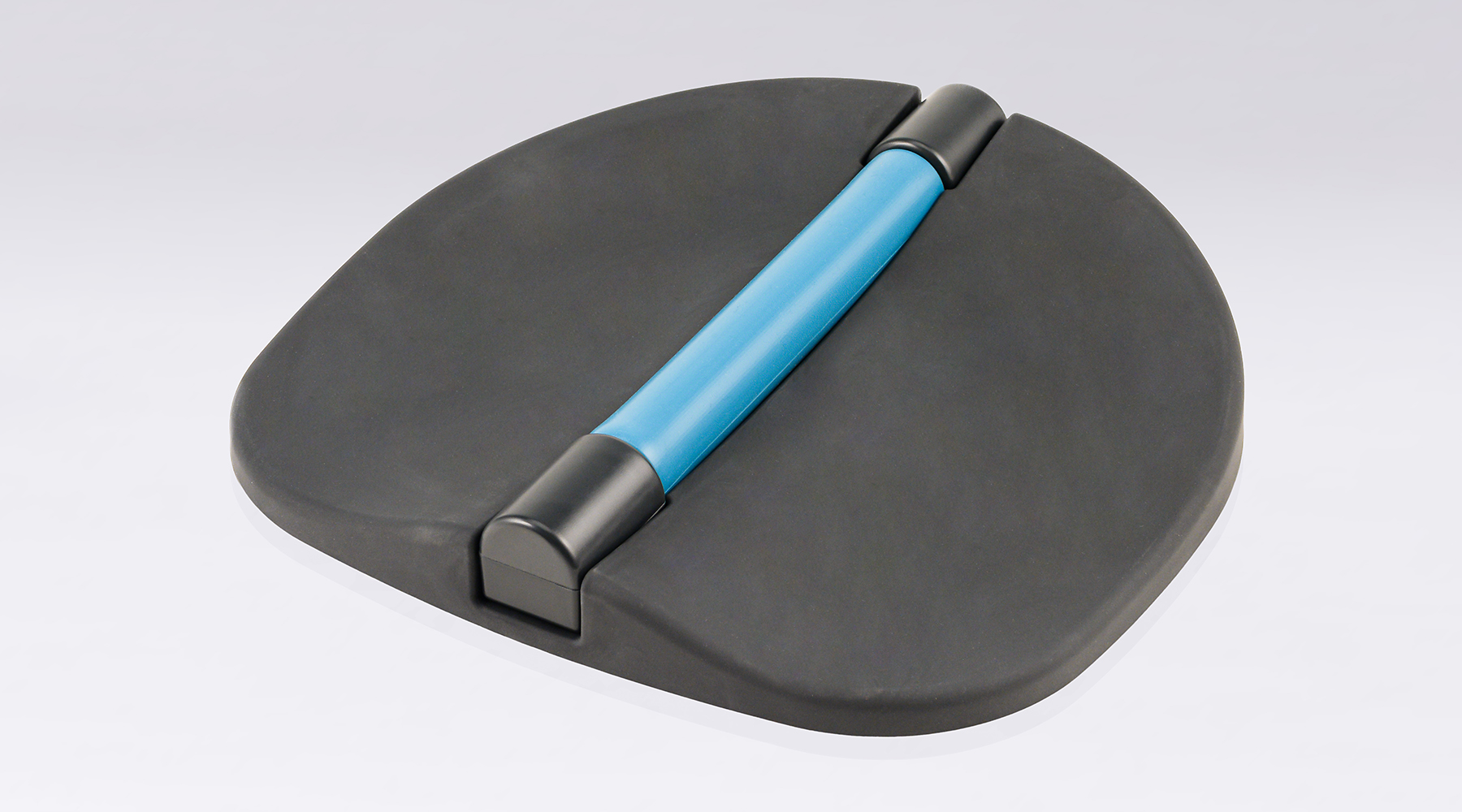Pelvic floor training has proven to be extremely helpful for prostate problems. Behind the “man’s disease” is the proliferating prostate gland, which hinders urination and causes urinary incontinence. Surgery for prostatic hyperplasia or prostate cancer further aggravates the symptoms. A pelvic floor training device like the App-supported PelvicTool strengthens the pelvic floor muscles and often not only relieves incontinence, but also improves sex life and posture.
Men go through menopause too
As with women, men’s hormones ride a roller coaster as they age. The testicles are in the driver’s seat: Their intermediate cells produce fewer sex hormones from the age of 50. Decreasing testosterone levels are manifested by decreased sex drive and enlarged prostate gland.
The prostate represents the largest part of the ejaculate. For this purpose, the walnut-sized organ located in the pelvic floor encloses the urethra, into which it releases its secretion and brings the sperm to life.

What is benign prostatic hyperplasia?
This proximity can become a problem in old age, because the prostate tissue grows hormone-dependent. Less testosterone in the blood makes it proliferate in many men, causing benign prostatic hyperplasia (BPH). The common “man’s disease” narrows the urethra and impairs urination. The first signs of BPH are a nocturnal urge to urinate with incomplete bladder emptying, and later urinary incontinence and urinary retention. Other typical complaints are erectile dysfunction and painful ejaculation with reduced ejaculate quantity.
What to do about benign prostate enlargement?
Man is reluctant to go to the doctor, because the subject is embarrassing to him? He should. The contact person is the urologist who also performs the prostate screening. Early detection is important because minimally invasive surgery is possible with early diagnosis. In transurethral resection of the prostate (TURP), the surgeon inserts an endoscope through the urethra and removes the excess tissue with a wire loop or laser.
How to treat prostate cancer?
Waiting can be fatal, because sometimes BPH becomes malignant and develops into prostate cancer. In the case of complete removal of the prostate (radical prostatectomy, RPE), the surgeon removes the prostate and local metastases from the pelvic floor. The operation is performed classically with an abdominal incision or minimally invasive via a laparoscope inserted through the abdominal wall.
What are the consequences of prostate surgery?
Problematic are interventions on the pelvic floor muscles, sphincter and urethra as well as the peeling or removal of the prostate capsule. The muscles in the pelvic floor hold the bladder and the urinary tract in place, the sphincter is necessary for urine control, and the nerves for erection and ejaculation run in the capsule. Therefore, urinary incontinence and impotence are the most common consequences of prostate surgery.
With urinary incontinence, there are not only problems with urination, but urine is passed involuntarily and/or it “dribbles” after going to the toilet up to continuous urine loss. Such symptoms significantly impair the quality of life, and many sufferers withdraw and avoid social contacts. This can be easily helped for most: A pelvic floor training device alleviates many complaints.
How does a pelvic floor exerciser help after prostate surgery?
The emptying of the bladder is controlled by the ring muscle at the bladder outlet and the Pelvic floor muscles . The sphincter muscle opens the bladder, the muscles in the pelvic floor, together with the bladder muscles, push the urine out, and finally the muscle ring closes again. Unlike our skeletal muscles, the smooth muscles involved in this process are not normally subject to voluntary control. But it is possible: everyone does their first pelvic floor training as a baby – at some point, urinary incontinence is a thing of the past, and we go to the potty on our own without diapers. The pelvic floor muscles can also be trained in a similar way by tensing and relaxing them. A great help here is a pelvic floor training device, with which such exercises can be done easily.
Recommended by physiotherapists: PelvicTool for pelvic floor training
Pelvic floor training used to be reserved for rehab and physical therapy, but today anyone can do it at home. The PelvicTool by Alonea is intimate-free and very easy to use via app: Sit on the comfortable seat with normal sports clothes and complete your exercises according to the instructions.
The corresponding app visualizes contraction and relaxation of the pelvic floor muscles directly on your smartphone, so you can follow your training live.











